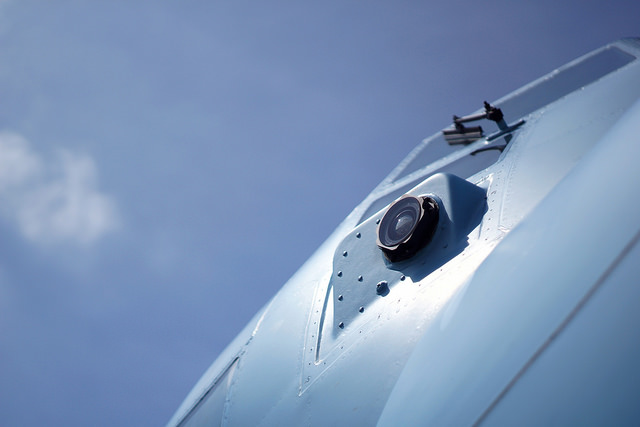When China’s Defense Ministry made an announcement of an “East China Sea Air Defense Identification Zone” on November 23, 2013, the fundamental question was about its legal nature. The announcement provided that all aircraft, “regardless of its destination,” shall comply with the procedures within the ADIZ and that the Chinese military will take “defensive emergency measures” in case of non-compliance with its regulations. The texts of Chinese ADIZ regulations are similar to those of some other states, so it is necessary to review actual Chinese practices of the regulations to understand the real nature of China’s ADIZ.
There is little international law that provides legal foundation for Air Defense Identification Zones. Still, some states justify ADIZs as a measure only to control entry of aircraft into territorial airspace. In other words, it is contrary to the notion of freedom of overflight to take forcible measures against any aircraft which do not approach territorial airspace. For instance, the Japanese government defines its ADIZ as an airspace established to “facilitate measures against violation of territorial airspace, and the Japan Air Self-Defense Force (JASDF) is tasked to make scrambles only to identify unknown aircraft approaching Japanese territorial airspace.
In the case of the East China Sea, it is important to recognize the connection between airspace and water. It is widely known that China does not recognize the airspace above its exclusive economic zone (EEZ) as an international airspace contrary to the UN Convention on the Law of the Sea. The outer limit of China’s ADIZ is almost identical to that of the Chinese claimed EEZ in the East China Sea. Therefore it is likely that China’s ADIZ is aimed at restricting foreign military aircraft’s freedom of overflight above its EEZ. Additionally, the May 24. 2014 harassment of Japanese surveillance aircraft (OP-3C and YS-11EB) by Chinese jet fighters (SU-27SK)in the airspace where Japanese and Chinese ADIZs overlap, indicates that China regards the ADIZ as an extension of territorial airspace. In this incident, Chinese fighters took dangerous maneuvers against Japanese aircraft approaching within 30 meters. Chinese officials justified this incident by criticizing Japanese aircraft’s “intrusion” into the ADIZ and a “no-fly zone” set during the China-Russia bilateral exercise. A similar incident occurred on June 11.
It is still too early to make a firm conclusion until Chinese practice in the ADIZ become clearer, however. In fact, China’s ADIZ still remains an ambitious dream due to China’s insufficient air domain awareness above the East China Sea. According to the Japanese Defense Ministry website, Chinese aircraft generally fly only up to the median line of the East China Sea unless they are being escorted by early-warning aircraft. This flight pattern indicates the limitation of Chinese coastal radar coverage. Chinese radar may be able to detect Japanese aircraft flying higher such as OP-3C or YS-11EB but may not detect those flying lower such as P-3C.
Meanwhile, Japanese scrambles against Chinese aircraft continue to rise. Between October 2013 and September 2014, JASDF made 473 scrambles against Chinese aircraft—approximately a 23% increase from the previous year. Most of those Chinese aircraft were jet fighters from the PLA Air Force or Navy. This is why the establishment of crisis communication mechanism between Japan and China is urgent. Nevertheless, a Chinese military spokesman, condemning the frequency of Japanese “tailing, observing and interfering” with Chinese military aircraft as the cause of aviation safety problem, called on Japan to stop scrambling against Chinese aircraft.
Even after the meeting between Prime Minister Shinzo Abe and President Xi Jinping on November 10, there is no sign of restraint in Chinese air activities approaching Japanese territorial airspace. Although the two leaders agreed to resume talks on a maritime communication mechanism, Tokyo and Beijing’s disagreements over scrambles and surveillance in East China Sea airspace are unlikely to be easily resolved.

